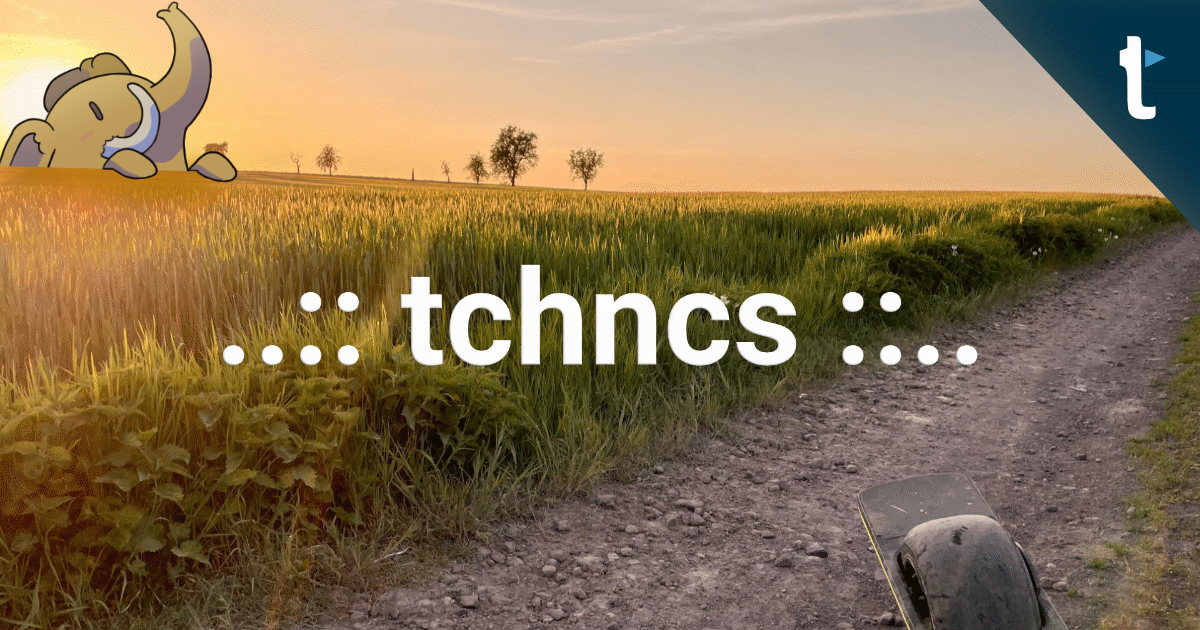Recent searches
Search options
#cicerone
It's Saturday night, so I'm again exploring the #cicerone beer expert certification program. This week it's foreign extra stout, in this case from Guinness; it's just literally when old beer companies would brew stout with extra alcohol and hops to survive the long sea voyage to colonies around the world, and tastes like what exactly it is, if you poured a creamy stout and a hoppy IPA into a glass at the same time. The standard form of stout in Asia, Africa and the Caribbean to this day.
I'm back on the #cicerone #challenge tonight with Oberon Eclipse, a winter version of their summer #wheat #beer that's heavier, darker and boozier. Why is wheat beer so relatively rarer than typical barley beer? Because wheat was hella more expensive than barley in the Medieval era, making it affordable to aristocrats only. Flavored with citrus and coriander Belgian-style, which is a nice detail for this frigid January night.
Un #cicerone insolitamente #boomer emerge dalle nebbie degli #autogrill
https://www.bufale.net/il-bizzarro-apologo-di-cicerone-pro-boomer/
Continuing my exploration these days of the more esoteric side of the #cicerone #beer #tasting list, thanks to Chicago's Beer Temple at Belmont and Elston. Tonight, a Scotch ale, basically what the English call "barleywine," also known as the delightful "wee heavy," in this case still made by hand in the 1700s brewery space of the literal oldest house in Scotland. I can see why it's called Scotch and not Scottish, because it has a boozy edge of Scotch whisky to it, heady, bitter and strong.
Discovered a Chicago store that specializes in weird European beers, which is going to help me profoundly with the #cicerone beer-tasting list I'm going through this year. For my first visit I bought one of the most obscure beer types in my class, Flanders Oud Bruin, which is sort of like the Dutch Belgian version of the "old ales" in Germany and England before the invention of refrigerated pilsner, but in Belgium's case is also quite sour (mixed literally with cherries in the case of Liefmans).
I'm slowly going through the #cicerone #beer program this year, trying types in historical order, and have finally made my way from Germany to Britain. Usually when an American wants to try English pale ale, they turn to the popular Bass; but naming a beer "The Old Speckled Hen" is just so fucking British, I couldn't help myself. I have to admit, I didn't care for it, and it reminds me of the generic lager crap I was forced to drink in a pre-craft-brewery age (i.e. my entire twenties).
I'm a Diplom Biersommelier. I have been thinking about the Cicerone program, but I have a hard time figuring out how the two relate.
Where am I at, roughly, in the Cicerone program? I see a lot of overlap, but there might be material the Cicerone program covers that my sommelier curriculum didn't cover. Does anyone know of a somewhat detailed comparison?
I'm slowly going through the #cicerone program of #beer identification this year, starting with classic Medieval European styles. (I've tried to stick to beers from the countries of origin, but am realizing that with the more obscure types, I simply must rely on American craft brewery versions.) #ViennaLager is basically the Austrian version of Czech pilsner (which American beers like Budweiser are based on), and I must admit I could tell no difference between this and other high-end lagers.
I'm very slowly making my way through the #cicerone #beer course this year, and tonight I tried a type I've never had before, #eisbock. Whoa, a single bottle of this knocked me on my ASS; but then again, it's 12% ABV! Already boozy because of long bottom-up fermentation in cold weather, the "eis" version of bock is even boozier because it's first frozen then all the frozen water removed, leaving an intensely malty and sweet lager literally as strong as red wine. "Bavarian ice cream" indeed!
They also share 90 pages of knowledge on #beer to prepare their employees, and fans, to the #Cicerone Certified Beer Server certification.
Lots of knowledge here
https://downloads.ctfassets.net/b0qgo9rl751g/19GdFhDUKznjZIWibGjhnm/f3207bd8a6d705feed924d5671b46e92/brewdog_cbs_workbook.pdf





